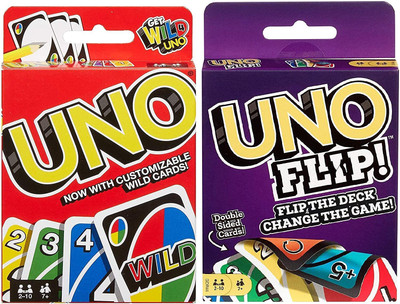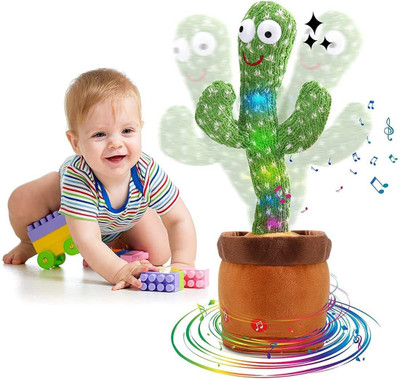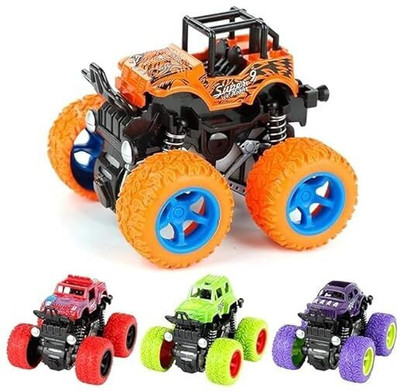
Mayatra's Combo of - 2 - Fidget Spinner & Fidget Cube Stress Focus Toy Relieves Boredom Guarantee 2 min + Spin Time(Grey -Black) (Grey, Black)
Price: Not Available
Currently Unavailable
Highlights
- Plastic Material
- For Boys, Girls
- Age: 3+ Years
Description
What is Fidget Cube? Fidget Cube is a desk toy for anyone who likes to fidget. How do I use it? It's simple. Fidget Cube (patent pending) has six sides. Each side features something to fidget with: Click / Glide / Flip / Spin / Breathe / Roll Why fidget? We love this question. It's not uncommon to hear fidgeting being spoken about negatively. It's often labeled as unprofessional and deemed as anti-intellectual behavior. But in reality, the exact opposite has been suggested to be the case. Below are just some of many resources highlighting the work that's being done to learn more about this behavior: The Science Of Why We Fidget While We Work Squirm With Purpose Stress Toys: Mindlessness With A Purpose? The Benefits Of Fidgeting For Students With ADHD Why Do We Fidget? Fidgeting In ADHD May Help Children Think, Perform In School Using Stress Balls To Focus The Attention Of Students We believe that the way we look at fidgeting needs to change. This behavior isn't one that should continue to be stigmatized and mocked as unbecoming or inappropriate. We are passionate about the idea that fidgeting is a process that, with the right tools and outlet, can have positive and real-life applications. Where can I use Fidget Cube? Office / Commuting / In Class / Studying / In A Meeting / Watching TV But I already have a pen. Do I really need Fidget Cube? Pens (and the wonderful clicking they do) were a huge inspiration in the design process of Fidget Cube. They are probably one of the most commonly used fidget tools. We like to see Fidget Cube as more of a fidget toolbox. You don't have to be constrained to simple clicking, you can pick your poison based on your mood. Yes... We are very serious about our fidgeting. A fidget spinner is a type of stress-relieving toy. A basic fidget spinner consists of a bearing in the center of a design made from any of a variety of materials including brass, stainless steel, titanium, copper and plastic. The toy has been advertised as helping people who have trouble focusing or fidgeting (such as those with ADHD, autism, or anxiety) by acting as a release mechanism for nervous energy or stress. Experts were divided on this claim, with some supporting it while others disputed its scientific basis and argued the toy may actually be more distracting. Although they were invented in the 1990s, fidget spinners became a popular toy in 2017. Often marketed with health benefits, the toy began being used by school children, resulting in some schools banning the spinners, arguing that the toy became a distraction in classrooms. Other schools are allowing the toy to be used discreetly by children in order to help them concentrate. Design Fidget spinners are often designed with the intent to relieve stress.[1][2] Basic fidget spinners consist of a two or three pronged design with a bearing in its center circular pad.[2][3] An individual holds the center pad while the toy spins.[3] Designs are made from various materials including brass, stainless steel, titanium, copper, aluminum, and 3D printed plastic.[1][2][4] The types of of bearings generally used are ceramic, metal (stainless steel or chrome), and hybrid designs. Additionally, bearings can be different to adjust for the design's spin time, vibration, and noise, leading to unique sensory feedback.
Read More
Specifications
In The Box
|
General
| Type |
|
| Ideal for |
|
| Character |
|
| Material |
|
| Minimum Age |
|
Power Features
| Battery Type |
|
| Rechargeable |
|
Additional Features
|
Product Dimensions
| Product Width |
|
| Product Height |
|
| Product Depth |
|
| Product Weight |
|
Box Dimensions
| Depth |
|
| Weight |
|
Important Note
|
Ratings & Reviews
3.3
★
9 Ratings &
0 Reviews
- 5★
- 4★
- 3★
- 2★
- 1★
- 3
- 2
- 1
- 1
- 2
Have you used this product? Be the first to review!
Have doubts regarding this product?
Safe and Secure Payments.Easy returns.100% Authentic products.
Back to top






